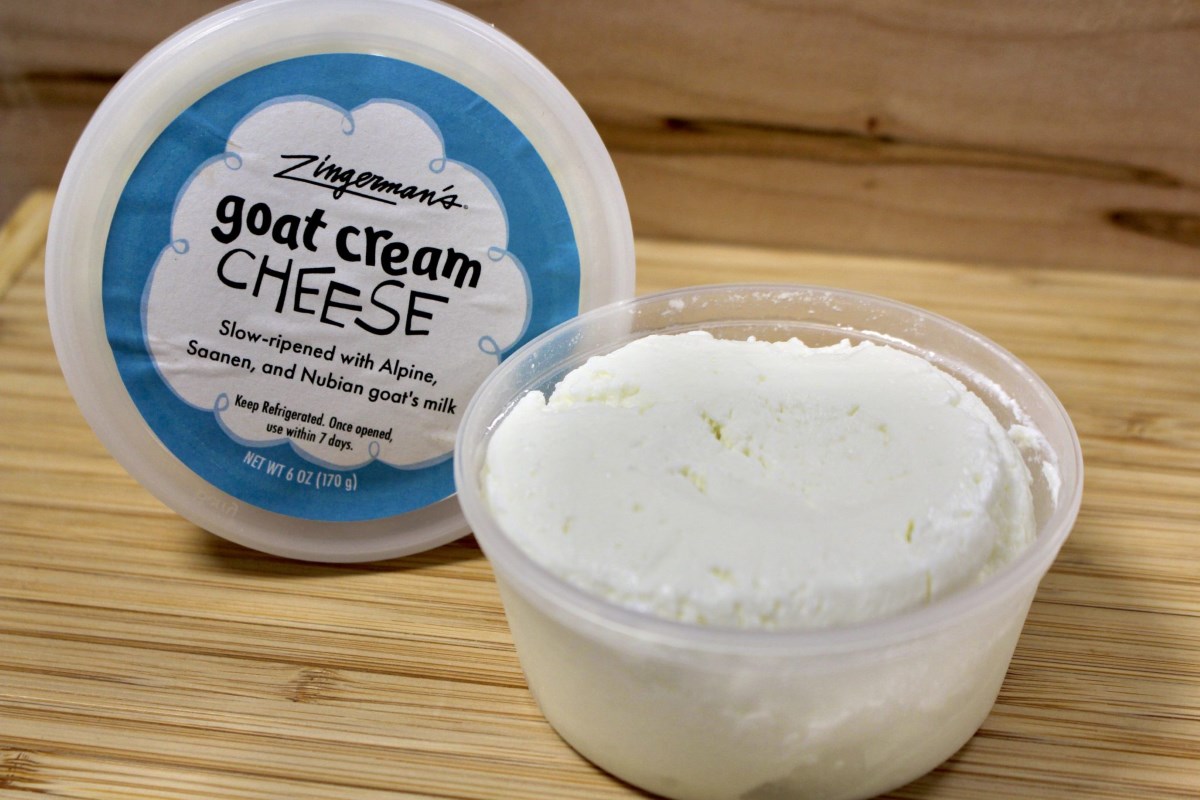

Articles
How To Store Goat Cheese Once Opened
Modified: August 16, 2024
Learn the best methods for storing goat cheese once it's been opened in this informative article. Keep your cheese fresh and delicious for longer!
(Many of the links in this article redirect to a specific reviewed product. Your purchase of these products through affiliate links helps to generate commission for Storables.com, at no extra cost. Learn more)
Introduction
Goat cheese is loved by many for its creamy texture and tangy flavor. Whether you enjoy it crumbled on salads, melted in pasta dishes, or simply spread on a crusty baguette, properly storing your goat cheese is essential to maintain its freshness and deliciousness.
Once you’ve opened a package of goat cheese, it’s important to handle it correctly to prevent any spoilage or flavor degradation. In this article, we will explore the best practices for storing goat cheese once it’s been opened, along with some handy tips to keep it at its best for as long as possible.
Key Takeaways:
- Properly storing opened goat cheese is crucial for maintaining its freshness and flavor. Utilize wax paper, cheese domes, storage bags, airtight containers, or freezing to extend the shelf life and savor the tangy delight of goat cheese.
- Keep goat cheese fresh by using clean utensils, monitoring for freshness, controlling humidity, and enjoying it at room temperature. Get creative with leftovers and trust your senses to ensure a delightful goat cheese experience.
Read more: How To Store Mozzarella Cheese Once Opened
Understanding the Shelf Life of Goat Cheese
Before delving into the proper storage techniques, it’s important to understand the shelf life of goat cheese. The shelf life can vary depending on various factors such as the type of goat cheese, its age, and the condition it’s stored in.
Most types of goat cheese have a relatively short shelf life compared to other cheeses. Fresh goat cheese, also known as chèvre, typically has a shelf life of about one to two weeks when properly refrigerated. This type of cheese has a higher moisture content and is more delicate, making it susceptible to spoilage if not handled correctly.
Aged goat cheeses, such as Bucheron or Caprino, have a longer shelf life due to their lower moisture content. These cheeses are aged for a longer period, which develops a firmer texture and more complex flavors. Aged goat cheese can last for several months when properly stored, but it’s important to keep an eye out for any signs of mold or spoilage.
It’s worth mentioning that the shelf life of goat cheese can also be affected by external factors such as temperature and exposure to air. It’s crucial to store your goat cheese in optimal conditions to ensure its longevity and quality.
Now that we’ve covered the basics of shelf life, let’s delve into the proper techniques for storing opened goat cheese.
Proper Storage Techniques for Opened Goat Cheese
To keep your opened goat cheese fresh and delicious, it’s crucial to store it properly. Here are some recommended storage techniques:
-
Wrapping Goat Cheese in Wax Paper
One of the simplest and most effective ways to store opened goat cheese is by wrapping it in wax paper. The wax paper helps to maintain the cheese’s moisture levels while allowing it to breathe. Simply wrap the cheese tightly in wax paper, making sure to cover all exposed surfaces. Secure the ends with tape or a rubber band and store it in the refrigerator.
-
Storing Goat Cheese in a Cheese Dome
If you have a cheese dome or a cheese bell, it can be a great option for storing opened goat cheese. The dome provides a controlled environment with just the right amount of air circulation. Place the cheese on a small plate or cheese board and cover it with the dome. This method helps to protect the cheese from drying out while still allowing it to breathe.
-
Read more: How To Store Feta Cheese Once Opened
Using a Cheese Storage Bag for Goat Cheese
A cheese storage bag is designed to keep cheese fresh and prevent the growth of mold. Place the opened goat cheese in a cheese storage bag, removing as much air as possible before sealing it. The bag creates a microclimate that helps to preserve the cheese’s texture and flavor. Remember to label the bag with the date to keep track of its freshness.
-
Storing Goat Cheese in an Airtight Container
If you don’t have wax paper, a cheese dome, or a storage bag, you can store opened goat cheese in an airtight container. Choose a container that is the right size to avoid excess air exposure. Line the container with a paper towel to absorb any excess moisture. Place the goat cheese in the container and seal it tightly before storing it in the refrigerator.
-
Freezing Goat Cheese for Extended Storage
If you find yourself with more goat cheese than you can consume within a reasonable time, freezing can be a viable option. Wrap the goat cheese tightly in plastic wrap or place it in a freezer-safe container. Make sure to label it with the date and use within 3 to 4 months. Keep in mind that freezing may alter the texture of the cheese, so it’s best to use it in cooked dishes rather than for eating on its own.
By utilizing these storage techniques, you can ensure that your opened goat cheese stays fresh, flavorful, and free from spoilage for as long as possible.
Wrapping Goat Cheese in Wax Paper
When it comes to preserving the freshness and flavor of opened goat cheese, wrapping it in wax paper is a simple yet effective method. The wax paper creates a protective barrier that helps maintain the cheese’s moisture levels while allowing it to breathe.
To wrap your goat cheese in wax paper, follow these steps:
- Select a sheet of wax paper that is large enough to fully wrap the goat cheese.
- Place the goat cheese in the center of the wax paper sheet.
- Start by folding one side of the wax paper over the cheese, ensuring that it covers all exposed surfaces.
- Continue folding the remaining sides of the wax paper over the cheese, making sure to secure it tightly.
- Use tape or a rubber band to secure the ends of the wax paper, keeping the cheese tightly wrapped.
Once wrapped, store the goat cheese in the refrigerator. Make sure to place it in a separate compartment or a dedicated cheese drawer, away from strong-smelling foods, as goat cheese tends to absorb odors easily.
When you’re ready to use the goat cheese, simply unwrap it from the wax paper and enjoy. If there is any leftover cheese, rewrap it in fresh wax paper before returning it to the refrigerator.
Wrapping goat cheese in wax paper not only helps to preserve its freshness but also prevents it from drying out or developing off flavors. This method is particularly effective for soft and creamy goat cheeses, which are more delicate and prone to spoilage.
Remember to check the cheese periodically for any signs of mold or spoilage. If you notice any discoloration, off smells, or an unpleasant texture, it’s best to discard the cheese to avoid any potential health risks.
By using this simple and versatile storage technique, you can prolong the shelf life of your opened goat cheese and savor its deliciousness in various culinary creations.
Read more: How To Store Vodka Once Opened
Storing Goat Cheese in a Cheese Dome
If you have a cheese dome or a cheese bell, it can be an excellent option for storing opened goat cheese. The dome provides a controlled environment with just the right amount of air circulation, ensuring that the cheese stays fresh and maintains its optimal flavor.
Here’s how to store goat cheese in a cheese dome:
- Choose a small plate or cheese board to place the opened goat cheese on.
- Ensure that the plate or board fits inside the cheese dome.
- Place the goat cheese on the plate or board.
- Cover the goat cheese with the cheese dome, ensuring that it fits securely.
- Store the cheese dome in the refrigerator.
The cheese dome creates an environment where the goat cheese is protected from external odors and excessive moisture while still allowing it to breathe. This helps to maintain the cheese’s texture and prevent it from drying out.
It’s important to note that if you have multiple types of cheeses stored in the same cheese dome, be mindful of their individual flavors and aromas. Strongly flavored cheeses, such as blue cheese, may impart their pungency onto the goat cheese. If you prefer to store different cheeses together, consider using separate containers or compartments within the cheese dome to avoid any flavor transfer.
When you’re ready to enjoy the goat cheese, simply remove it from the cheese dome and serve. Remember to cover the cheese dome when not in use to protect the remaining cheese and maintain its freshness.
Storing goat cheese in a cheese dome not only preserves its flavor but also adds a touch of aesthetic appeal to your refrigerator or cheese board. It allows you to showcase the cheese while keeping it in a controlled environment.
By following these steps, you can keep your opened goat cheese fresh and delicious for an extended period, ensuring that each bite is as flavorful as the first.
Using a Cheese Storage Bag for Goat Cheese
A cheese storage bag is a handy tool for preserving the freshness of opened goat cheese. These specialized bags are designed to create a microclimate that helps maintain the cheese’s texture, prevent moisture loss, and inhibit the growth of mold.
Follow these steps to store goat cheese in a cheese storage bag:
- Place the opened goat cheese inside a cheese storage bag.
- Squeeze out as much air as possible from the bag before sealing it.
- Make sure the bag is tightly sealed to prevent any air from entering.
- Label the bag with the date to keep track of its freshness.
- Store the cheese storage bag in the refrigerator.
The cheese storage bag creates a controlled environment where the cheese can retain its moisture and flavor. The bag’s material allows the cheese to breathe while protecting it from excess moisture and preventing the growth of mold.
When you want to use the goat cheese, simply take it out of the cheese storage bag and reseal the bag after removing the desired amount. This helps to minimize air exposure and maintain the cheese’s freshness.
It’s important to note that the cheese storage bag is not airtight like plastic wrap or containers. It is designed to create the ideal conditions for cheese storage, but it still allows some air exchange. This is beneficial for goat cheese, as it requires a certain amount of oxygen to maintain its flavor and prevent spoilage.
Regularly check the cheese storage bag for any signs of mold or spoilage. If you notice any discoloration, fuzzy textures, or off odors, it’s best to discard the cheese to avoid any health risks.
Using a cheese storage bag is a convenient and effective way to extend the shelf life of your opened goat cheese. It helps to preserve its flavor and quality, ensuring that you can enjoy fresh and delicious goat cheese whenever you desire.
Storing Goat Cheese in an Airtight Container
If you don’t have wax paper, a cheese dome, or a cheese storage bag on hand, storing goat cheese in an airtight container is a viable alternative. This method helps to seal in the cheese’s moisture and protect it from exposure to air, prolonging its freshness.
Follow these steps to store goat cheese in an airtight container:
- Choose a small airtight container that is the appropriate size for the goat cheese.
- Line the bottom of the container with a paper towel.
- Place the opened goat cheese in the container.
- Seal the container tightly to minimize air exposure.
- Label the container with the date.
- Store the sealed container in the refrigerator.
The lining of the container with a paper towel helps to absorb any excess moisture and prevent the cheese from becoming too moist or slimy. It also provides an extra layer of protection against potential moisture buildup.
When you’re ready to use the goat cheese, remove it from the container and reseal the remaining cheese in the airtight container before returning it to the refrigerator.
While storing goat cheese in an airtight container creates a controlled environment, it’s important to note that some air exchange may still occur over time. This is due to the natural permeability of most containers. However, the container will significantly reduce air exposure compared to leaving the cheese unwrapped or loosely covered.
Be mindful of not overcrowding the container with other strong-smelling foods as goat cheese can easily absorb odors. Store it separately or in a dedicated compartment to maintain its pristine flavor.
Regularly check the goat cheese for any signs of mold or spoilage. If you notice any discoloration, unusual textures, or off smells, discard the affected portion or the entire cheese to prevent any potential health risks.
Storing goat cheese in an airtight container is a practical option that helps extend its shelf life, keeping it fresh and delicious for longer periods. With proper storage, you can enjoy the delectable taste of goat cheese in various recipes and culinary creations.
Freezing Goat Cheese for Extended Storage
If you find yourself with more goat cheese than you can consume within a reasonable time, freezing can be a practical solution to extend its storage life. Freezing temporarily halts the aging process of the cheese, allowing you to enjoy it at a later date.
Here’s how to freeze goat cheese for extended storage:
- Ensure that the goat cheese is well-wrapped to prevent freezer burn and maintain its quality.
- For soft and creamy goat cheese, wrap it tightly in plastic wrap, making sure there are no exposed surfaces.
- For aged goat cheese, consider vacuum-sealing it to further protect it from freezer burn.
- Label the wrapped cheese with the date to keep track of its freezing time.
- Place the wrapped goat cheese in a freezer-safe bag or container.
- Remove as much air as possible from the bag or container before sealing it tightly.
- Store the goat cheese in the freezer at temperatures below 0°C (32°F).
It’s important to note that freezing may slightly alter the texture of goat cheese. Soft and creamy goat cheese may become crumbly after thawing, but it can still be used in various recipes, such as baked dishes, sauces, or soups. Aged goat cheeses may retain their texture and flavor better after freezing but may still be slightly drier than before.
When you’re ready to use the frozen goat cheese, it’s best to thaw it in the refrigerator overnight. This gradual thawing process helps maintain the cheese’s texture and minimizes moisture loss. Avoid thawing at room temperature to prevent rapid changes in temperature that can negatively impact the cheese’s quality.
Once thawed, use the goat cheese promptly. Avoid refreezing previously frozen goat cheese, as it can lead to further deterioration in texture and flavor.
It’s worth mentioning that freezing is not suitable for all types of goat cheese. Fresh cheeses, such as chèvre, are more delicate and may not freeze well. If you’re unsure about the suitability of a particular goat cheese for freezing, it’s best to consult the manufacturer’s recommendations or an expert in cheese preservation.
By freezing goat cheese, you can effectively extend its storage life and reduce waste. It allows you to enjoy the distinctive flavor of goat cheese even beyond its normal shelf life, providing culinary opportunities whenever you need a touch of creamy tanginess.
Store opened goat cheese in an airtight container or resealable bag in the refrigerator. You can also wrap it in wax paper and then place it in a plastic bag to help maintain its freshness and prevent it from absorbing other odors in the fridge.
Read more: How To Store Limoncello – Once Opened
Tips for Maintaining Freshness and Flavor
To ensure that your goat cheese remains fresh and flavorful, even after opening, here are some helpful tips to keep in mind:
- Use clean utensils: When handling goat cheese, always use clean utensils to prevent cross-contamination. This helps to avoid introducing bacteria that can hasten spoilage.
- Wrap it tightly: Whether you’re using wax paper, a cheese dome, a storage bag, or an airtight container, be sure to wrap the goat cheese tightly to minimize air exposure and moisture loss.
- Monitor for freshness: Regularly check the goat cheese for any signs of mold, off smells, or unusual textures. This is particularly important for soft and fresh goat cheeses that have a shorter shelf life.
- Store it separately: To prevent the absorption of strong odors, store the goat cheese separately from other strongly aromatic foods in your refrigerator. Consider using a dedicated cheese compartment or drawer, if available.
- Control humidity: Goat cheese is sensitive to moisture levels. Keep it in a slightly humid environment to prevent it from drying out, but avoid excessive humidity, as it can promote the growth of mold.
- Enjoy at room temperature: Before serving, allow the goat cheese to come to room temperature for the best flavor and texture. This will enhance its creaminess and bring out its full potential.
- Use leftover cheese creatively: If you have leftover goat cheese that is nearing its expiration date, consider incorporating it into various dishes. From salads and pasta to tarts and dips, goat cheese adds a delightful tang and creaminess to a wide range of recipes.
- Trust your senses: Trust your sense of taste and smell when it comes to determining the freshness of goat cheese. If it smells off, has an unusual taste, or has visible mold growth, it’s best to err on the side of caution and discard it.
By following these tips, you can maintain the freshness, flavor, and quality of your goat cheese for longer periods, ensuring that every bite is a delightful experience.
Conclusion
Properly storing goat cheese once it has been opened is essential to maintain its freshness, flavor, and overall quality. By following the recommended storage techniques, you can ensure that your goat cheese stays delicious and enjoyable for an extended period.
Whether you choose to wrap it in wax paper, store it in a cheese dome, use a cheese storage bag, store it in an airtight container, or freeze it for later use, each method offers its own benefits in preserving the goat cheese’s texture and flavor.
Additionally, adopting good practices such as using clean utensils, monitoring for freshness, storing it separately from strongly aromatic foods, controlling humidity, and enjoying the cheese at room temperature can further enhance your goat cheese experience.
Remember, trust your senses and use your judgment to determine if goat cheese is still fresh and edible. If you notice any signs of spoilage, discard it to avoid any food safety risks.
Lastly, get creative with your leftover goat cheese. Incorporate it into a variety of dishes to fully appreciate its unique tanginess and creamy texture.
By implementing these storage techniques and tips, you can continue to savor the delightful flavors of goat cheese long after it has been opened. Enjoy the versatility and indulgence goat cheese brings to your culinary creations, knowing that you’ve taken the necessary steps to preserve its freshness.
Keeping goat cheese fresh is just the start. If you're passionate about preserving the flavor and quality of other perishables, like coffee, you'll want to learn about the best storage solutions available. Sealing in freshness is key, and using the right containers can make all the difference. Dive into our guide on optimal storage options for your coffee, ensuring every cup is as aromatic and flavorful as the last.
Frequently Asked Questions about How To Store Goat Cheese Once Opened
Was this page helpful?
At Storables.com, we guarantee accurate and reliable information. Our content, validated by Expert Board Contributors, is crafted following stringent Editorial Policies. We're committed to providing you with well-researched, expert-backed insights for all your informational needs.
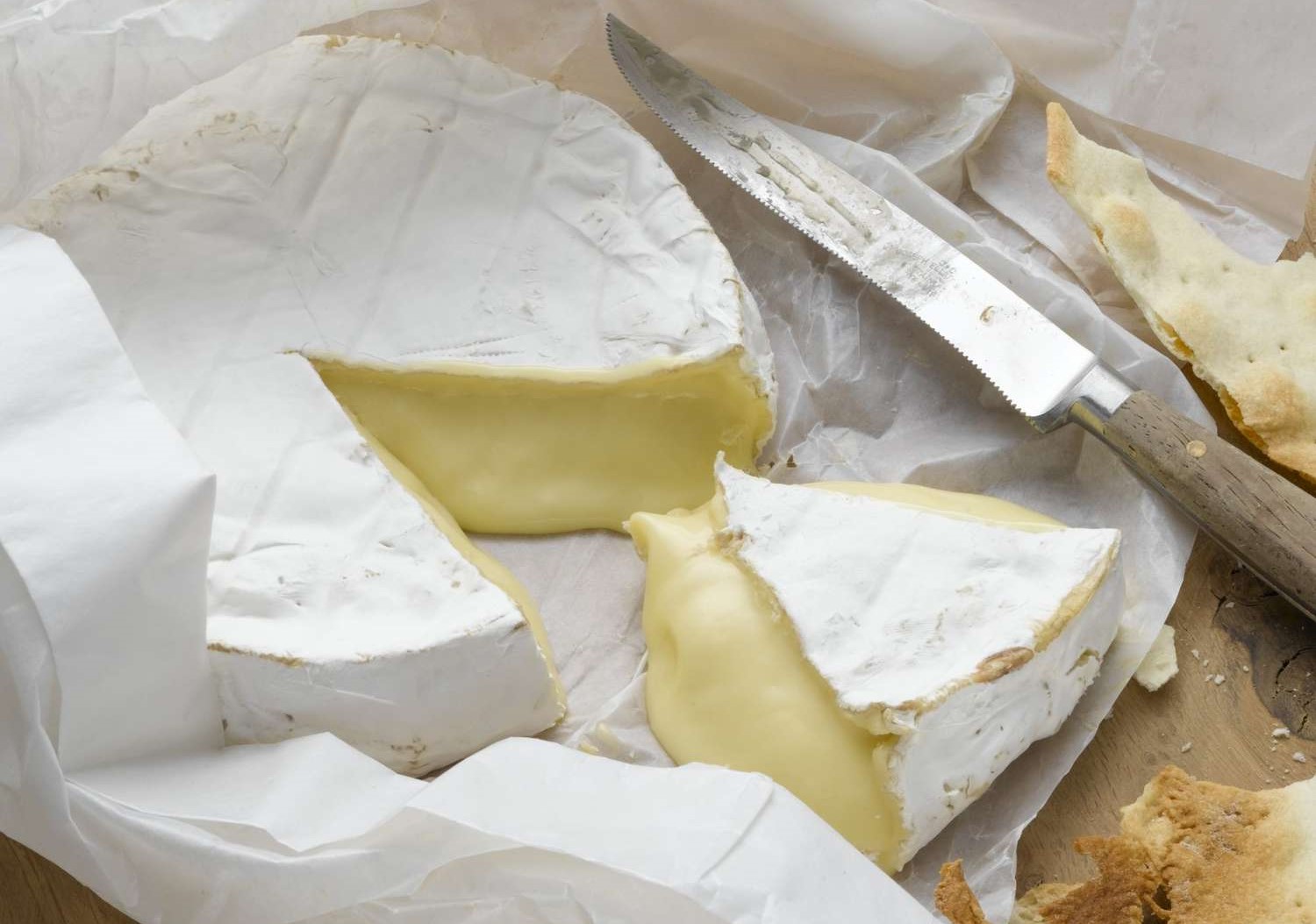








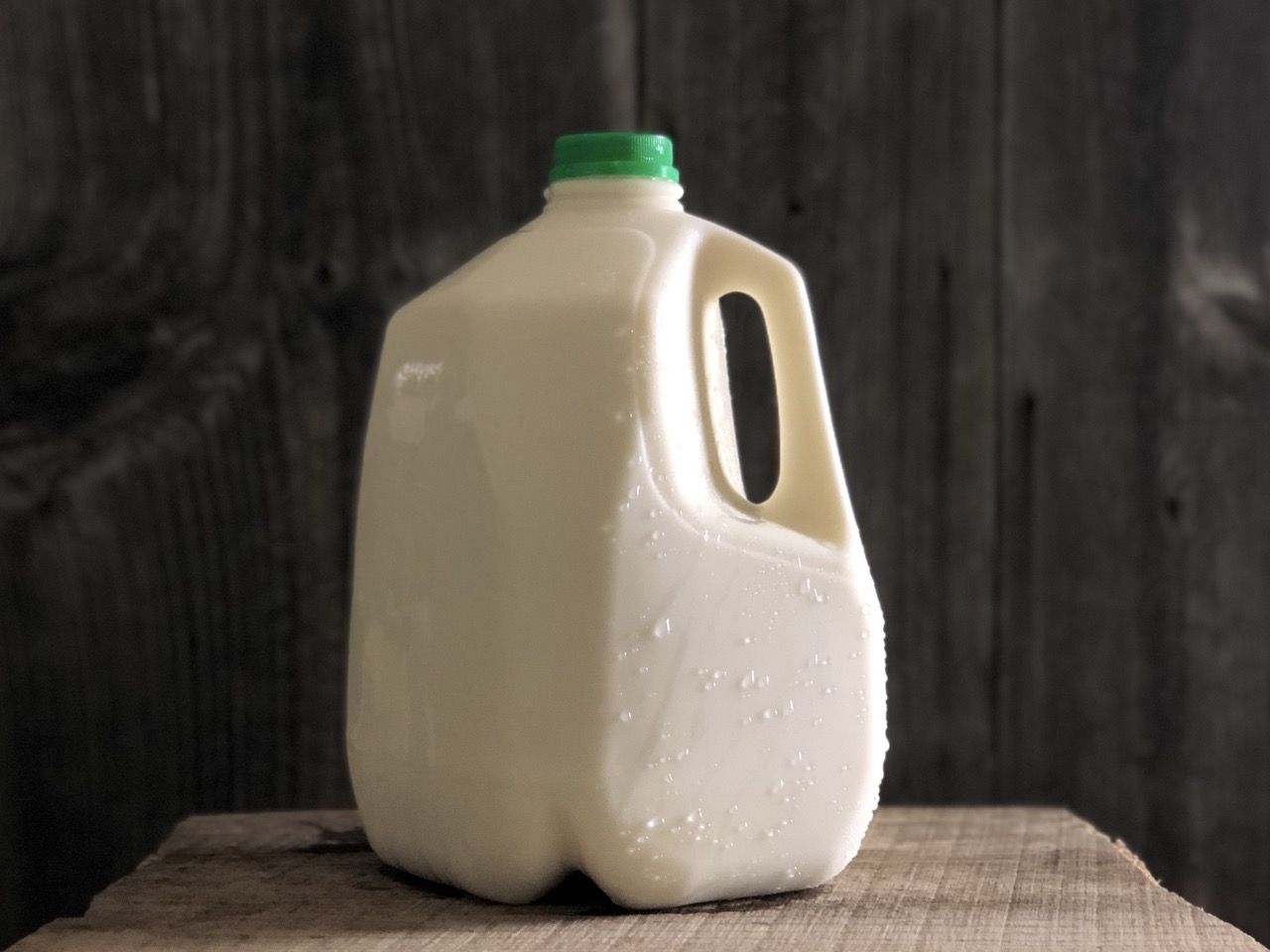
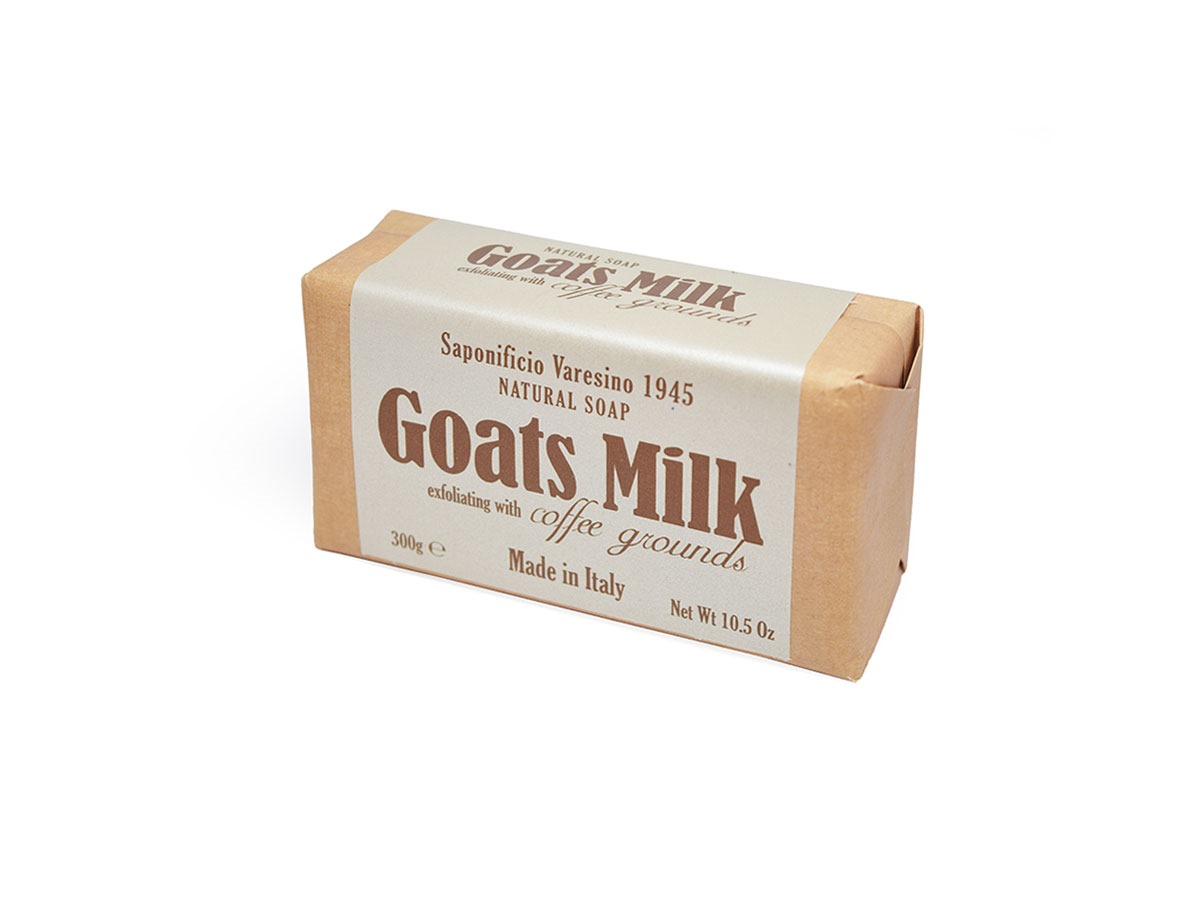
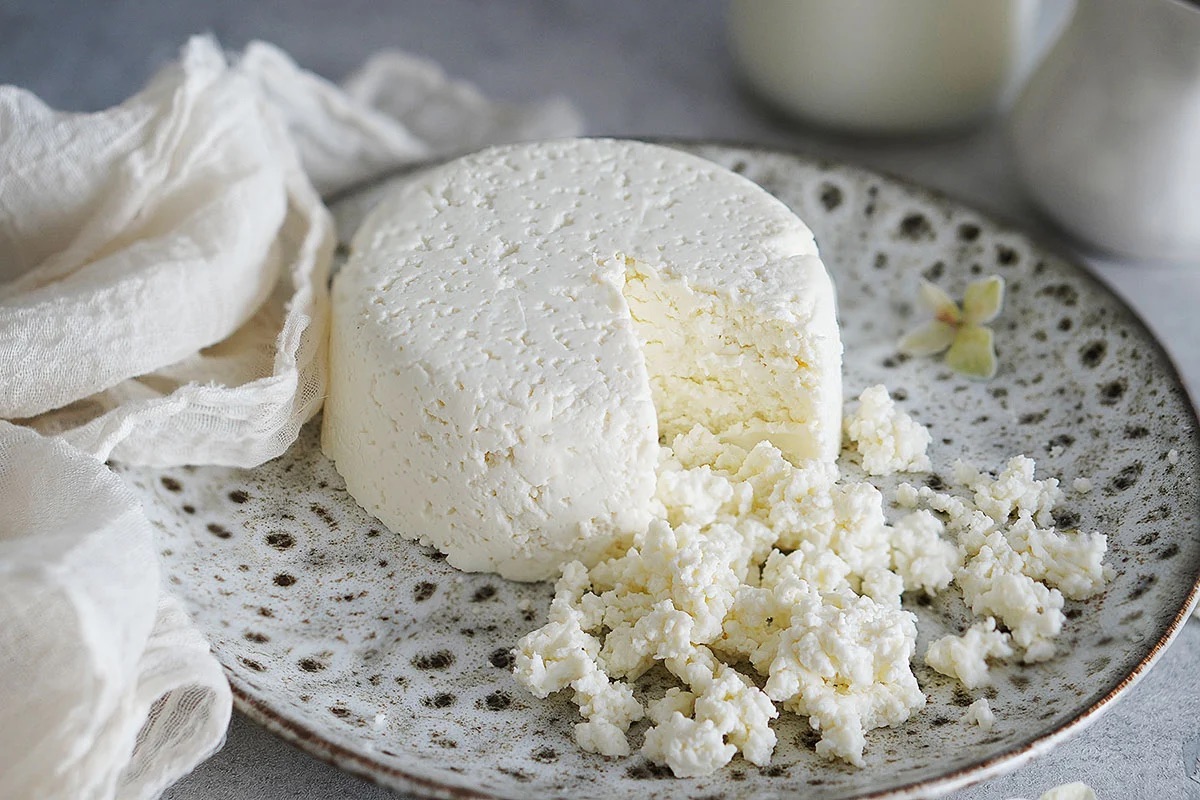

0 thoughts on “How To Store Goat Cheese Once Opened”